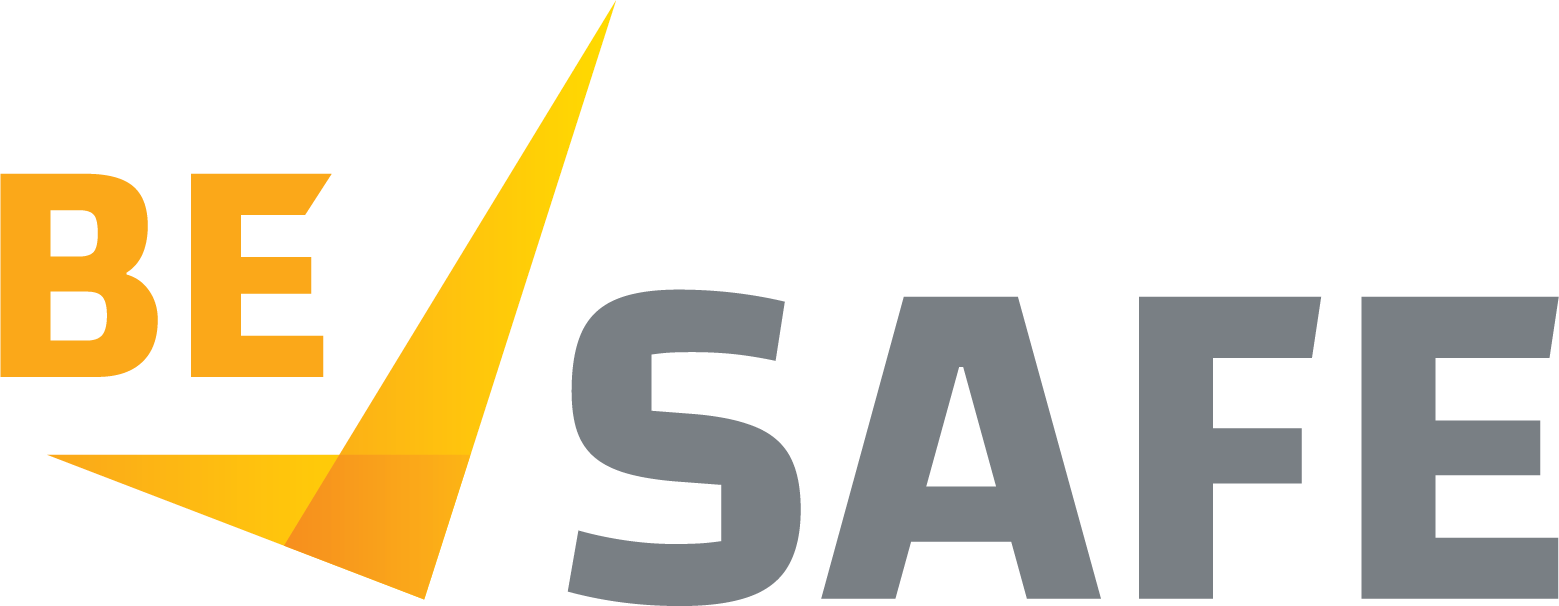Why Is HSR Safety Training So Important?
Health and Safety Representatives (HSRs) play a critical role in promoting workplace safety and health standards. HSR safety training is essential for several reasons, contributing to a safer and more productive work environment.
Here’s why HSR safety training matters:
1. Empowers Representation
HSRs serve as the voice of workers regarding health and safety issues. Training equips them with the knowledge and skills needed to represent their colleagues effectively, ensuring that concerns are raised and addressed promptly.
2. Enhances Awareness
HSR training provides comprehensive knowledge about workplace hazards, safety regulations, and best practices. This awareness helps HSRs identify risks, implement preventative measures, and create a culture of safety within the organization.
3. Improves Communication
Effective communication is crucial in conveying safety protocols and concerns. Training helps HSRs develop skills to communicate effectively with both employees and management, fostering collaboration and ensuring that safety messages are clear and understood.
4. Facilitates Risk Management
HSRs trained in safety protocols can conduct risk assessments and identify potential hazards in the workplace. This proactive approach to risk management helps prevent accidents and injuries before they occur.
5. Promotes Compliance
Understanding relevant health and safety legislation is a key component of HSR training. HSRs learn to ensure that the organization complies with legal requirements, reducing the risk of fines and legal issues while promoting a safe work environment.
6. Encourages Employee Engagement
When HSRs are well-trained, they can engage employees in safety initiatives, encouraging a collective responsibility for workplace safety. This involvement can lead to increased awareness and adherence to safety practices among all employees.
7. Supports Continuous Improvement
HSR training emphasizes the importance of continuous improvement in safety practices. Trained HSRs can monitor safety performance, provide feedback, and recommend changes to enhance overall workplace safety standards.
8. Boosts Morale and Productivity
A safe workplace leads to increased employee morale and productivity. When employees feel safe, they are more likely to be engaged and motivated, leading to better performance and lower turnover rates.
In conclusion HSR safety training is vital for fostering a culture of safety within the workplace. By empowering Health and Safety Representatives with the necessary knowledge and skills, organizations can enhance communication, improve risk management, and ultimately create a safer environment for all employees. Investing in HSR training is not just a legal obligation; it’s a commitment to the health and well-being of every worker.
For more information on BeSafe's available training click here




